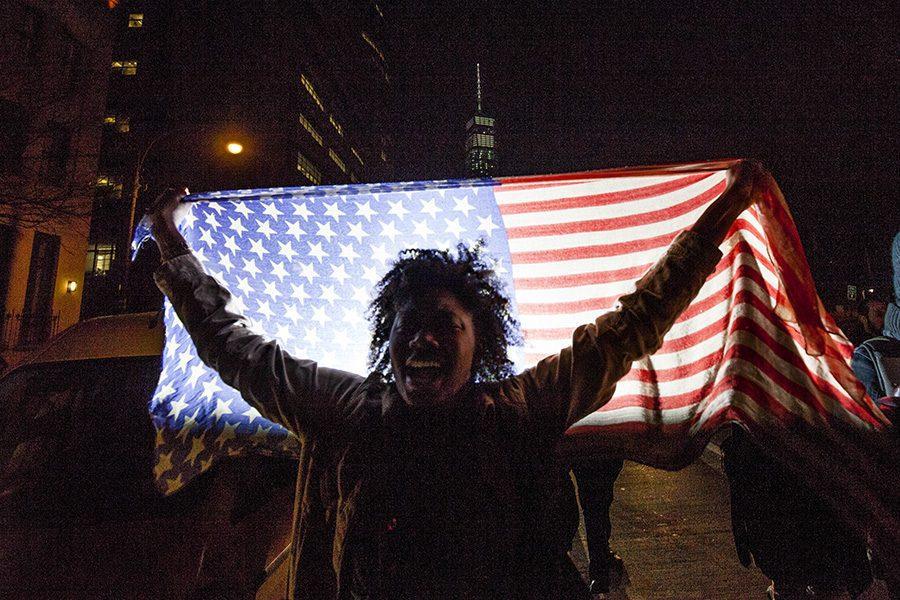Pop Your Bubbles
Ever since election night, people have been scrambling to name the reason Donald Trump won — or, more accurately, why Hillary Clinton lost. From Russian hackers to the Clinton campaign overlooking the Midwest, everyone seems to have their own theory. One idea that has gained some traction is that coastal elites live in liberal bubble: latte-sipping, New York Times-reading Democrats just don’t seem to know or care about those living in fly-over states. What often goes unmentioned is that many of these liberal elites aren’t actually “elite” in any way, and many of them actually come from those same fly-over states.
Take, for example, someone who grew up in a small Midwestern town, but escaped to New York for college. Do they automatically become a coastal elite? Or are they considered a half-breed, an absentee swing-state voter who lives and studies in the liberal bubble?
This argument ignores a key quality of these bubbles — that they exist everywhere. Rural, conservative bubbles played more of a role in this election than anything else besides possibly the Kremlin. Men and women in these bubbles own “Hillary for Prison” T-shirts and Confederate flag bumper stickers. They are National Rifle Association members, pro-lifers and Blue Lives Matter advocates. Are these broad, sweeping generalizations? Sure. But conservatives who subscribe to the liberal bubble theory are making the same kinds of generalizations.
People who live on the coasts are often open-minded and accepting individuals, partly because these coastal enclaves include people from almost every walk of life. Whether it be young adults escaping their close-minded hometowns or immigrants landing at JFK or LAX, the coasts are home to people from almost everywhere. California and New York both have some of the highest populations immigrants in the U.S.
These new citizens often tend to fall on the left side of the political spectrum, but how is this any different from middle America? Aren’t small rural and suburban towns mostly comprised of white voters who always swing right, because they’ve never been exposed to the broad depth of human experience between that of their own communities? This is another generalization, but no more so than saying that liberal bubbles are out of touch with “the real America.”
It’s easy to live inside a bubble. And it’s hard not to shame those who are in a bubble different than your own. The challenge comes in empathizing with those in the other bubbles, because it’s all too easy to make fun of liberal elites or dumb rednecks. But we all face common problems, and when a president is elected in spite of three million more votes for his opponent, introspection from both sides is in order.
When it comes down to it, the values most Americans hold are essentially the same. Life, liberty, the pursuit of happiness — we hold these truths to be self evident. They are interpreted in many different ways, and that’s part of the beauty of this nation. But in order to form a more perfect union, respect and discipline must fall hand in hand with those ideals — including respect for those who aren’t in agreement. Mutual understanding is a two-way street, and it won’t work any other way.
A version of this article appeared in the Monday, Feb. 6 print edition.
Email Jordan Reynolds at [email protected].


























































































































































